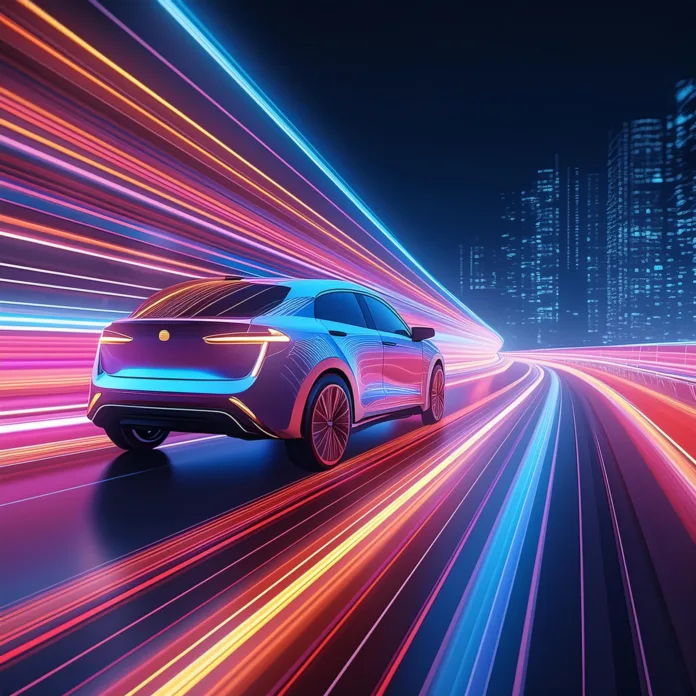Range Anxiety: The Biggest Obstacle to India’s EV Future
Electric vehicles (EVs) are often hailed as the future of sustainable transportation, but in India, the road to widespread adoption is riddled with challenges. Chief among them is range anxiety—the fear of running out of charge without access to a charging station. According to a recent report by Forvis Mazars in India, 58% of potential EV buyers are discouraged by this very concern, highlighting a critical barrier to the country’s EV ambitions.
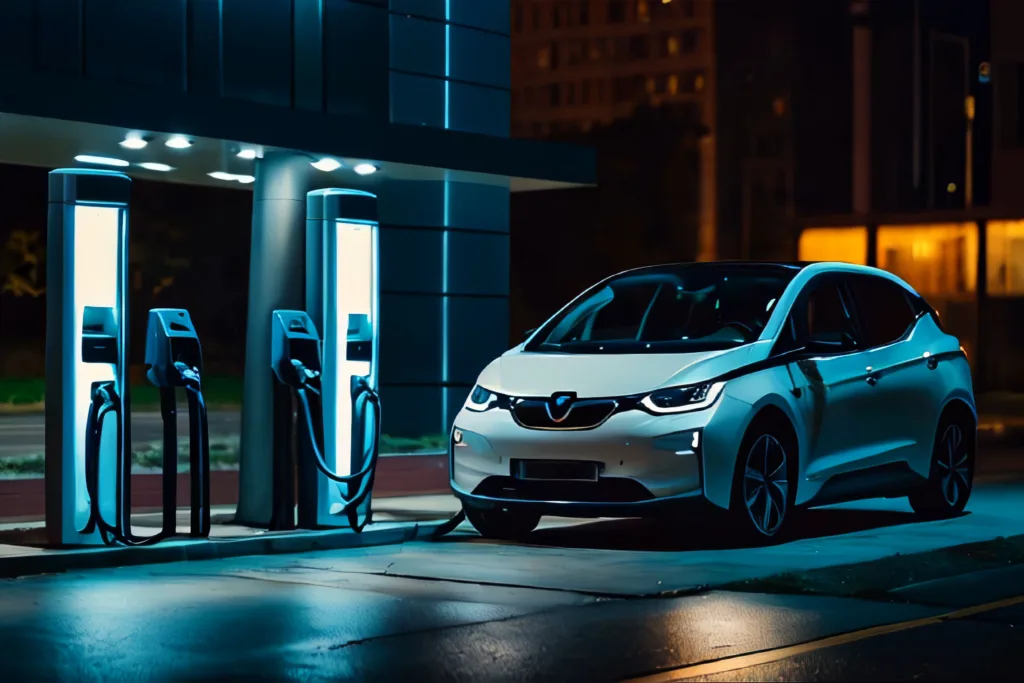
Contents
India’s Charging Infrastructure: A Numbers Game
As of February 2024, India had just 12,146 public charging stations nationwide, translating to one charging point for every 135 EVs on the road. This pales in comparison to global leaders like the United States and China, which boast far better ratios of one station per 20 EVs and one station per 10 EVs, respectively.
The disparity becomes even starker when considering the geographical distribution of these chargers. A staggering 70% of India’s public chargers are concentrated in metropolitan hubs, leaving rural and semi-urban areas severely underserved. This uneven distribution exacerbates range anxiety, particularly for those living outside major cities.

Operational Inefficiencies Add to the Problem
The report also sheds light on operational inefficiencies that further erode consumer confidence. 25% of public charging stations experience frequent downtime due to technical issues, limited grid connectivity, or maintenance delays. Additionally, the average charging time in India is 1.5 to 2 hours, far exceeding the global benchmark of 30 minutes to 1 hour for fast chargers. These delays make EV ownership less appealing, especially for those accustomed to the convenience of refueling traditional vehicles.
Lessons from Global Leaders: Norway’s EV Success Story
India can draw inspiration from countries like Norway, which has achieved an EV penetration rate of 91.5%. Norway’s success lies in its robust infrastructure, ensuring that no EV user is more than 50 kilometers away from a fast charger. Standardized charging technologies have also reduced installation costs and improved user experiences, making EV adoption seamless.
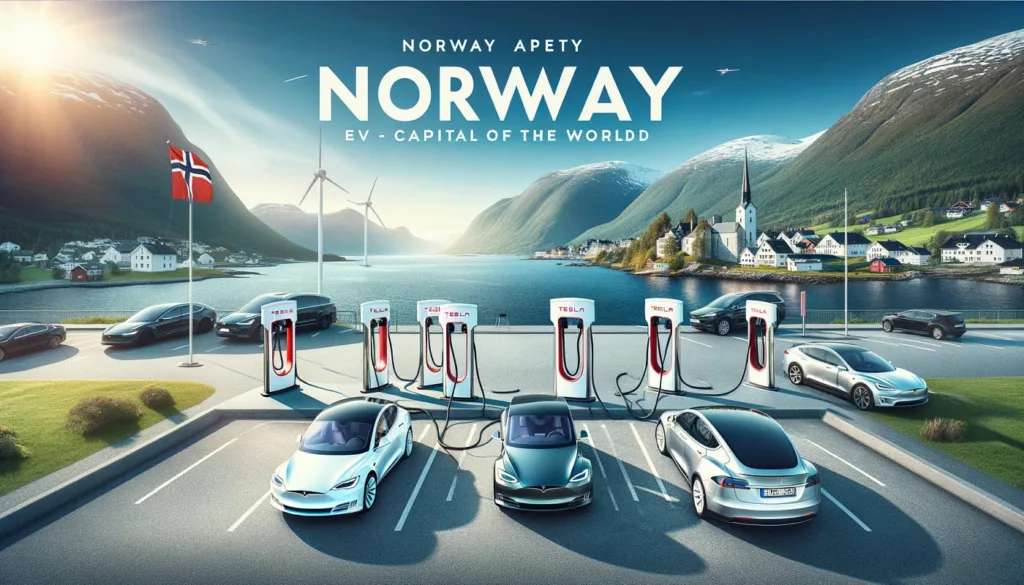
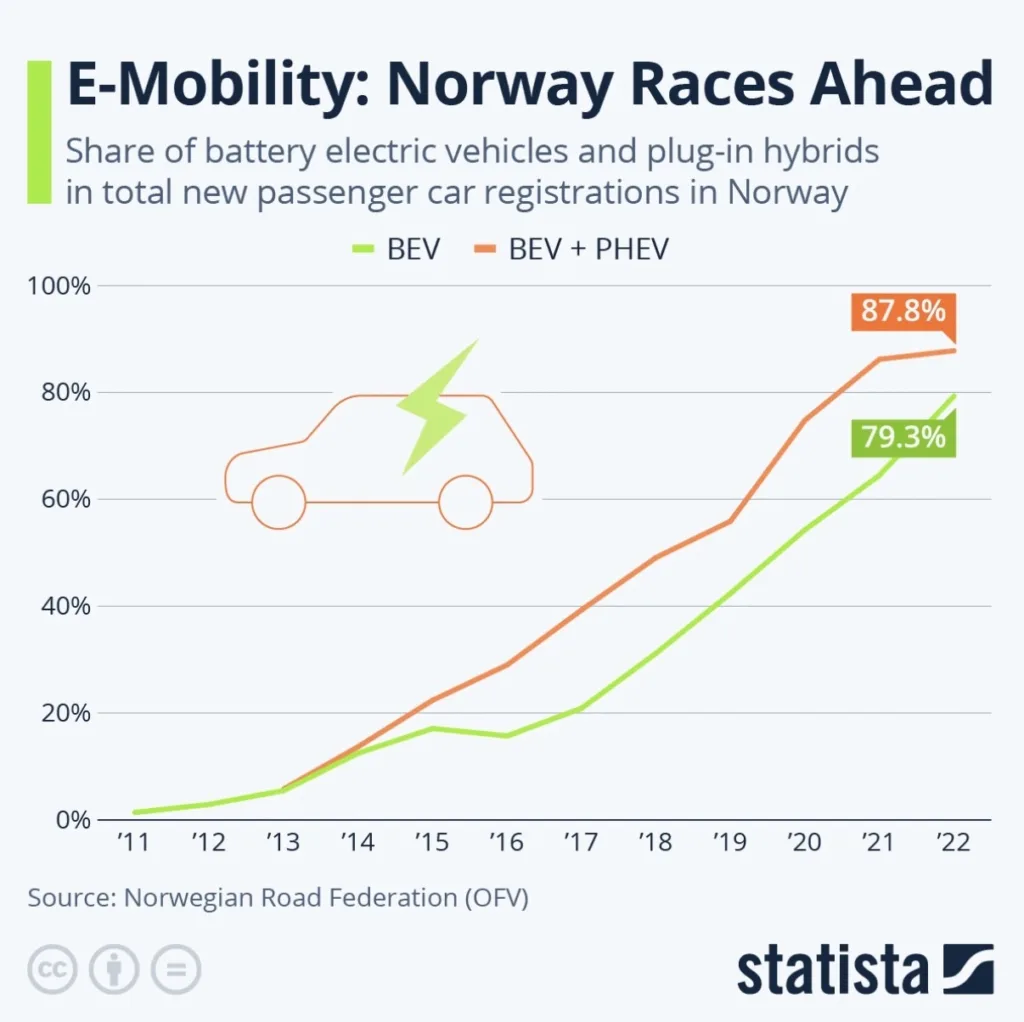
What India Needs to Overcome Range Anxiety
To unlock its EV potential, India must address the root causes of range anxiety through a multi-pronged approach:
- Expand Charging Infrastructure: Developing an extensive network of public chargers, especially in rural and semi-urban areas, is crucial. Integrating charging stations into residential and commercial developments can also help bridge the gap.
- Innovate in Battery Technology: Long-range batteries and regenerative braking technologies can significantly enhance EV range and affordability. Battery-swapping solutions for two- and three-wheelers could also be game-changers.
- Improve Charging Efficiency: Fast-charging stations that meet global benchmarks can reduce wait times and improve user satisfaction.
- Policy Support and Incentives: Subsidies for fast-charging stations, tax incentives for infrastructure investments, and public-private partnerships can accelerate development. Classifying EV charging stations under India’s official infrastructure definition could unlock income tax benefits and attract foreign investments.
The Role of Home Charging
Currently, 90% of Indian EV users rely on home charging, underscoring the limited availability and reliability of public charging stations. While home charging offers convenience, it also places significant strain on the grid, particularly during peak hours. Addressing grid constraints and ensuring reliable power supply will be critical to supporting the growing EV ecosystem.
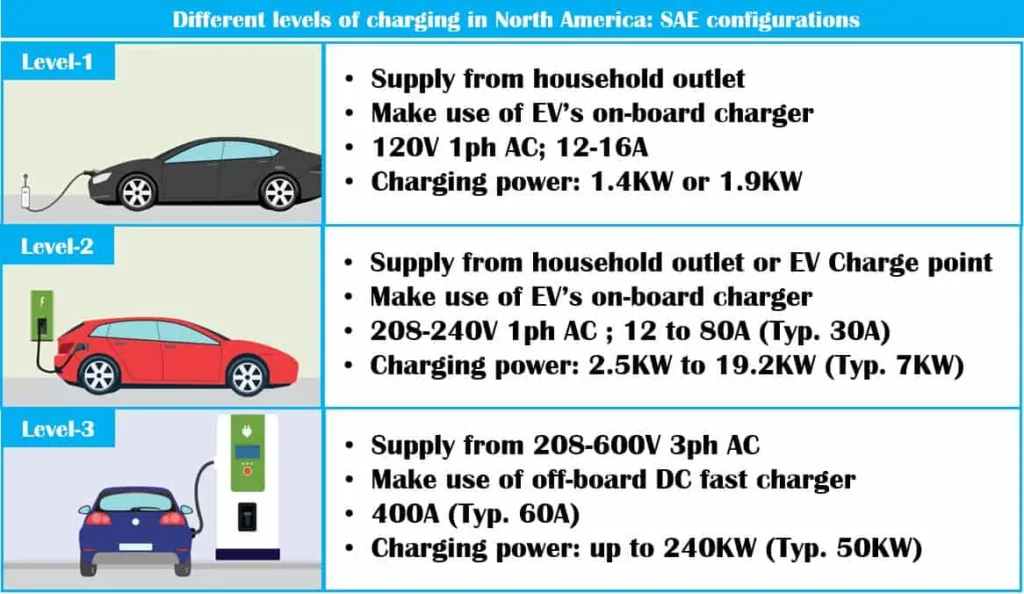
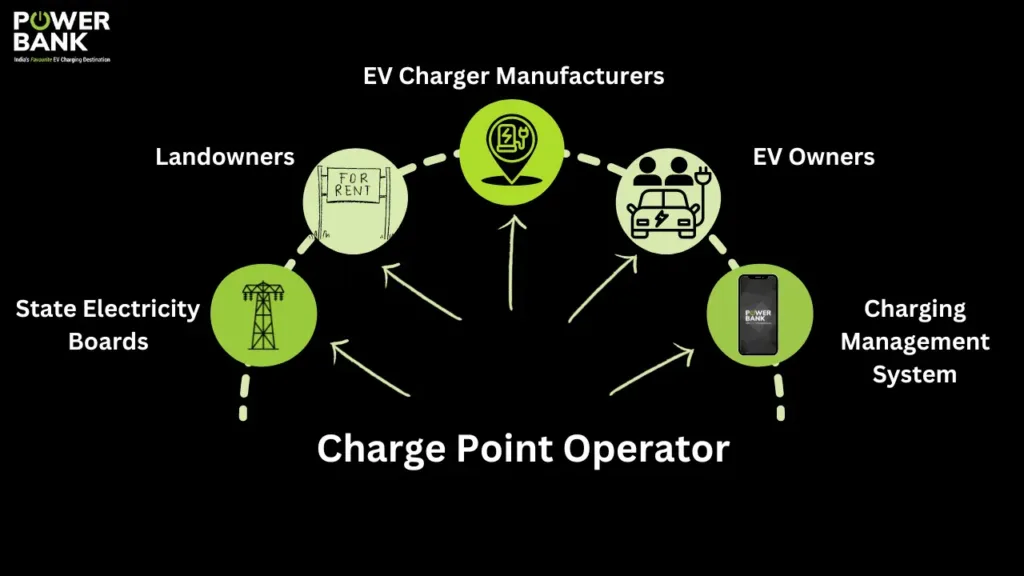
The Road Ahead
“Addressing range anxiety is critical to unlocking India’s EV potential,” says Rohit Chaturvedi, partner at Forvis Mazars in India. A coordinated effort involving government bodies, private players, and technological innovators is essential to bridge the gaps in infrastructure and consumer confidence.
India stands at a crossroads in its EV journey. By learning from global leaders and implementing targeted policies, the country can overcome range anxiety and pave the way for a greener, more sustainable future. The question is: will India accelerate its efforts fast enough to keep up with the global EV revolution?


